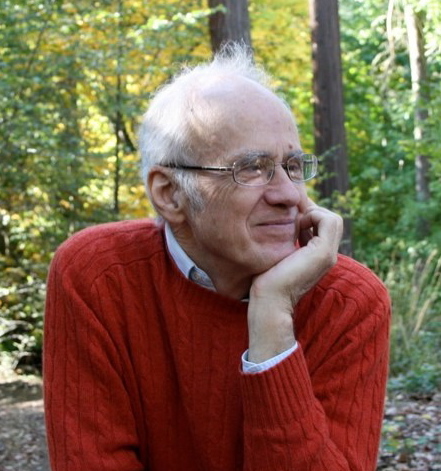I suppose the heart of the book, for most skeptical readers, would be the sections on medicine and psychotherapy. MAPS is basing one of its primary arguments on the ability of mindful molecules to help in healing. As early as the 1950s the world learned that some psychedelics could help free addicts from their dependency (for example, in Humphry Osmond's work in Canada), and more recently that MDMA could be useful as an adjunct to psychotherapy, in treating PTSD; but so far, in the U.S., these modalities are available only in limited research studies.
However, the most far-reaching part of the MAPS book is on how psychedelics can enhance the lives of the healthy, in breaking set, in appreciating "nature," in love-making, in social bonding, in the process of dying, in relating to the technological world that soon will surround us, and, as a research paper out of Johns Hopkins says, in occasioning "mystical-type experiences." More than a few writers make the point that the real reason for prohibition is not that taking mindful molecules (like many other activities) involve some risks for some people, but rather that they are effective in leading many people outside consensus reality.
In the section of the book on "spirituality," we are bombarded with more than we perhaps wish to know about the exact drugs, prescribed and not, taken by Tim Leary in his last days. But we also find Myron Stolaroff's chapter on "learning how to learn," a set of instructions mainly about exploring through surrender or, less ambiguously, through letting go. "It is fresh, unmediated experience that we are seeking," he writes.
The book ends with an interview with Mark Pesce. I don't know whether the computer industry, like western Buddhism, would have been as vigorous without its psychonauts, but apart from Nobel-prize winners such as Kary Mullis and some other notably creative people, we are unlikely to know the full story as long as mindful molecules are "scheduled" as being dangerous and without medical (or other) uses. McKenna's conference in Kona was an effort to assert some of the positive uses of psychedelics, and perhaps to tempt more creative people to emerge from the ordinary reality closet. The MAPS book continues and broadens this effort, including and then venturing far beyond the arts.
It is unclear whether a medical model offers the optimal alternative to the present protocol of illegality and very limited research, but apart from the legalization of marijuana in a couple of states (Colorado, Washington), a system based on prescriptions may be the most probable next step. To the credit of the editors, the book contains material that goes beyond the medical model.
For example, John Allen writes of attaining a deep ecological understanding: "Could this be achieved without peyote or equivalent real-time sacrament to raise the human organism to its capacity to make a workable synergy of reason, feeling, sensation, and will that coordinates its life with bioregion and cosmos? Frankly, I don't think so." Allen is writing about the peyote dance ceremony held by the Huichole in Mexico. His account raises the question of whether the careful and legal use of mindful molecules in the form of classic psychedelics should be restricted in the U.S. to so-called indigenous groups such as the Native American Church and a small offshoot of a Brazilian church or become available, in ritual settings, to others.
(Note: You can view every article as one long page if you sign up as an Advocate Member, or higher).





